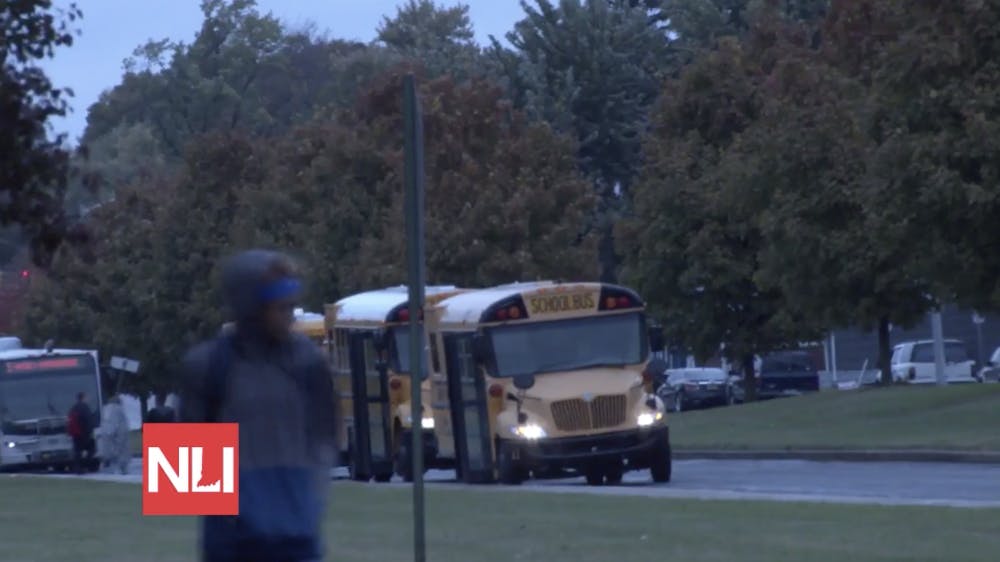MUNCIE, Ind. (NewsLink) - Today marked the beginning of National School Bus Safety Week(NSBSW).
Twenty-five million students ride school buses each day in the United States and this week is used to spread awareness about their safety.
About nineteen children are killed each year in school bus accidents but many of these could be preventable if drivers didn’t pass school buses.
Indiana law cites fairly harsh punishments for offenders, Ball State University Police Corporal Anthony Hurst said, “passing a stopped school bus with its arm fully extended is now a misdemeanor. That falls under the reckless driving statute in the state. With that penalty, you can spend up to a year in jail. You can also get a $5,000 penalty as well. If you pass a school bus and you cause injury to somebody, it actually goes up to a level six felony which can be six-months to two-and-a-half years in prison and up to a $10,000 penalty. Going even further beyond that, passing a school bus recklessly and killing an individual gets bumped up to the next level, which is a ‘five felony’, which can be one to six years in prison and up to a $10,000 fine.”
National School Bus Safety Week began from a letter to President Richard Nixon in 1969. The man behind the letter, Dick Fischer, was a former transportation director at a California school district.
The first NSBSW was in 1970, but it didn’t become a national recognition until 1975, when the National Association for Pupil Transportation (NAPT) was founded. A combined effort between the NAPT, the National School Transportation Association (NSTA) and the National Association of State Directors of Pupil Transportation Services (NASDPT) has now made the week nationally recognized and has hosted the safety week ever since.
It is recommended that you follow at least 20 - feet behind a school bus and to look out for its bright flashing lights and bright stop sign. It is also imperative that all lanes of traffic must stop on a two-lane roadway, such as Bethel Ave.






